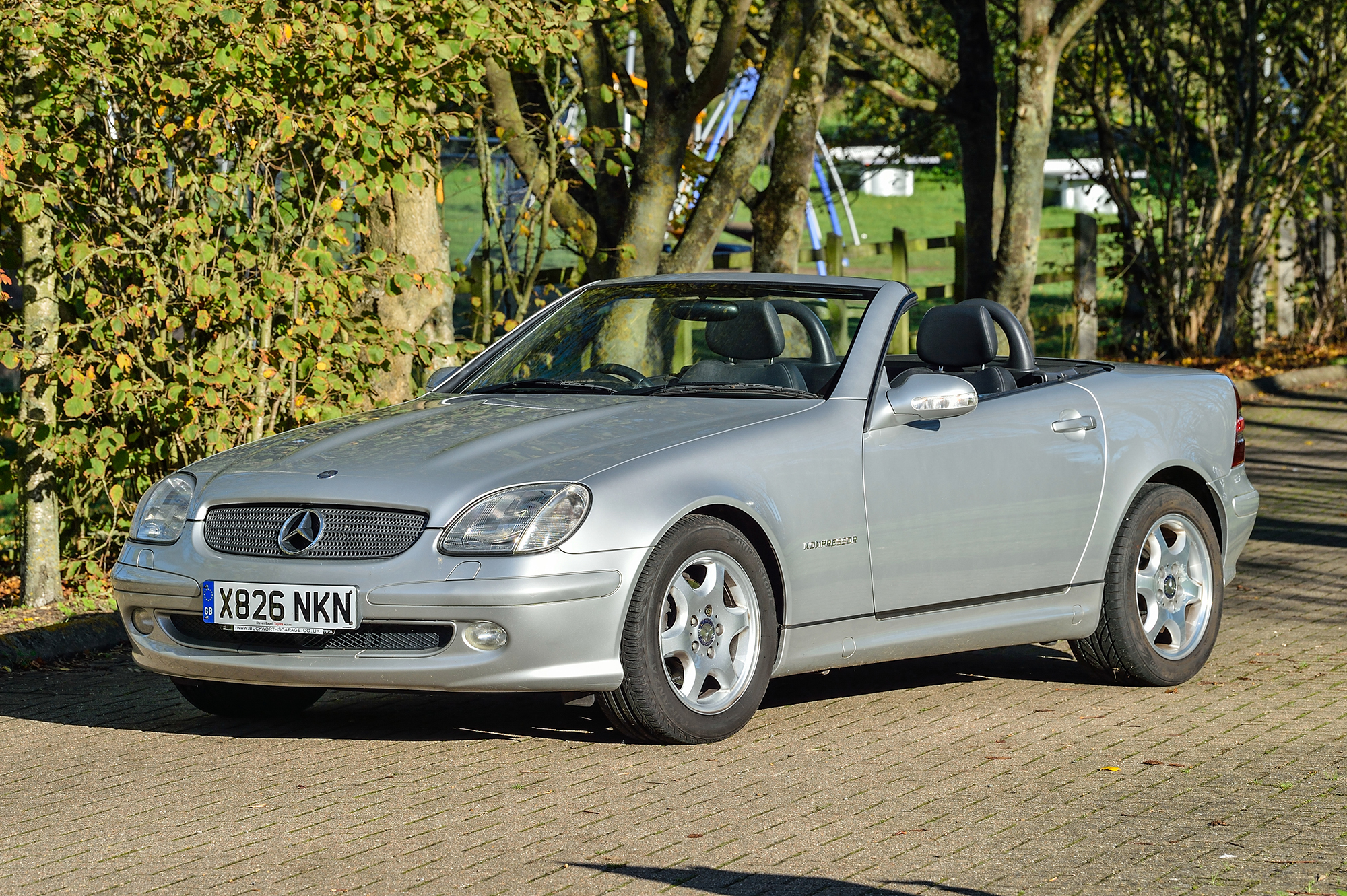
But once again, this test car came with automatic. Then came the third, an SLK 320 fitted with Mercedes’ sparkling 3.2-liter V-6, which also powers the fine E320 sedan. But it was a balky unit that still blunted the experience. Mercedes, finding its SLK at the bottom of most drivers’ sports-car shopping lists, began offering SLKs with the option of a five-speed manual. Competing sports cars, from the retro-themed Mazda Miata to the desirable Porsche Boxster, were being sold mainly with manuals. Mercedes brass said that market studies showed Americans were not interested in shifting for themselves. And the automatic was just all wrong for a reputed sports car. Performance was uninspiring, despite the 185 horses claimed for the engine, which also was harsh and lacking in low-end torque. kompressor in German) and an automatic transmission. That SLK 230 Kompressor contained a four-cylinder engine equipped with a supercharger (a.k.a. The first one I had back in ’98 seemed rushed into production to compete with the new flock of latter-day roadsters coming out of Germany and Japan.

The first three SLK models were not quite right. And all it took was an extra-fine V-6 and a slick-shifting, six-speed transmission. But this is the first one that I can say without reservation has the equipment and performance to qualify as a bona fide sports car. This is my fourth turn in the wedgy little two-seater with the folding steel top. Mercedes-Benz’s SLK roadster has finally arrived.


 0 kommentar(er)
0 kommentar(er)
